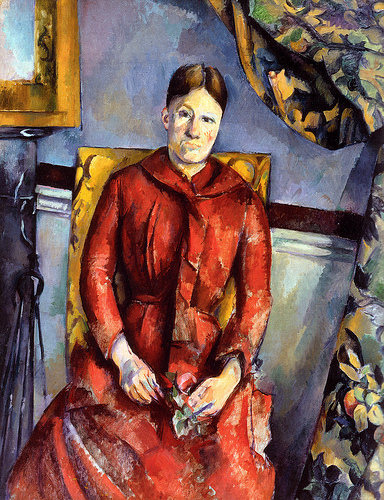
The Aesthetic Politics of Affect
Affects are, Berlant insists, “radically private, and pretty uncoded,” and like the fetishized commodity, they make their dazzling appearance with the labor behind them obscured. These private experiences are in fact beyond analysis—an affect, after all, “is just a fact.”





